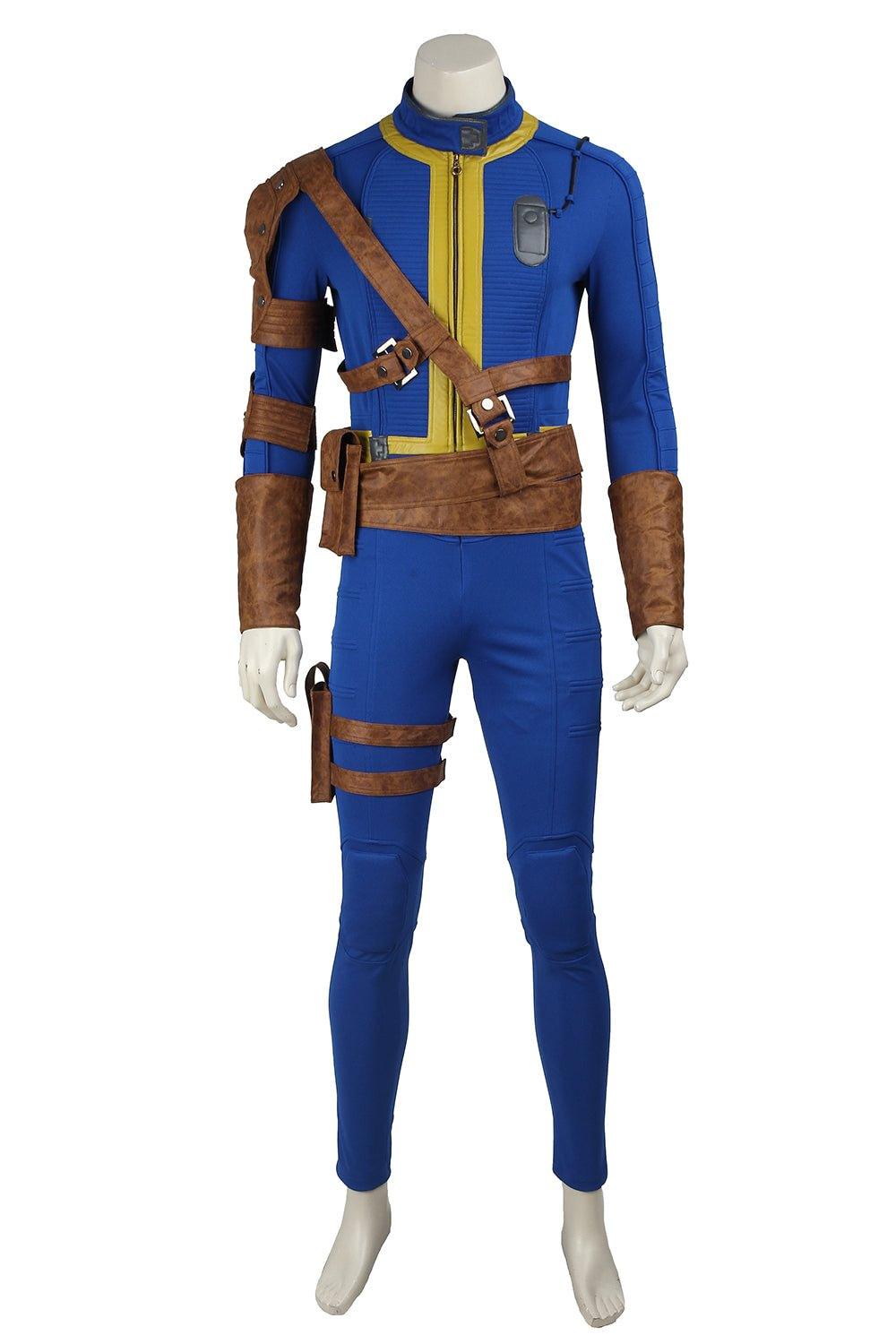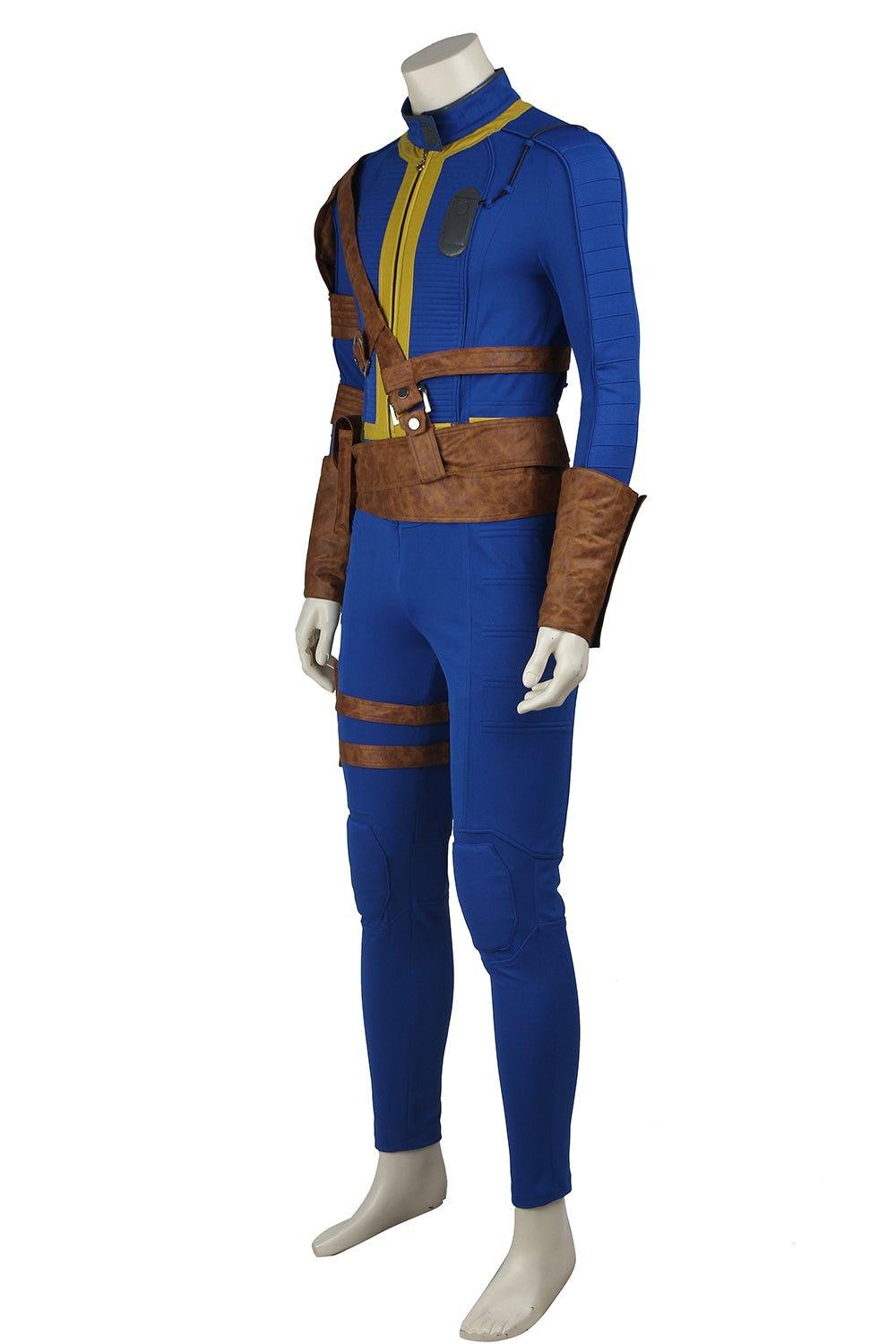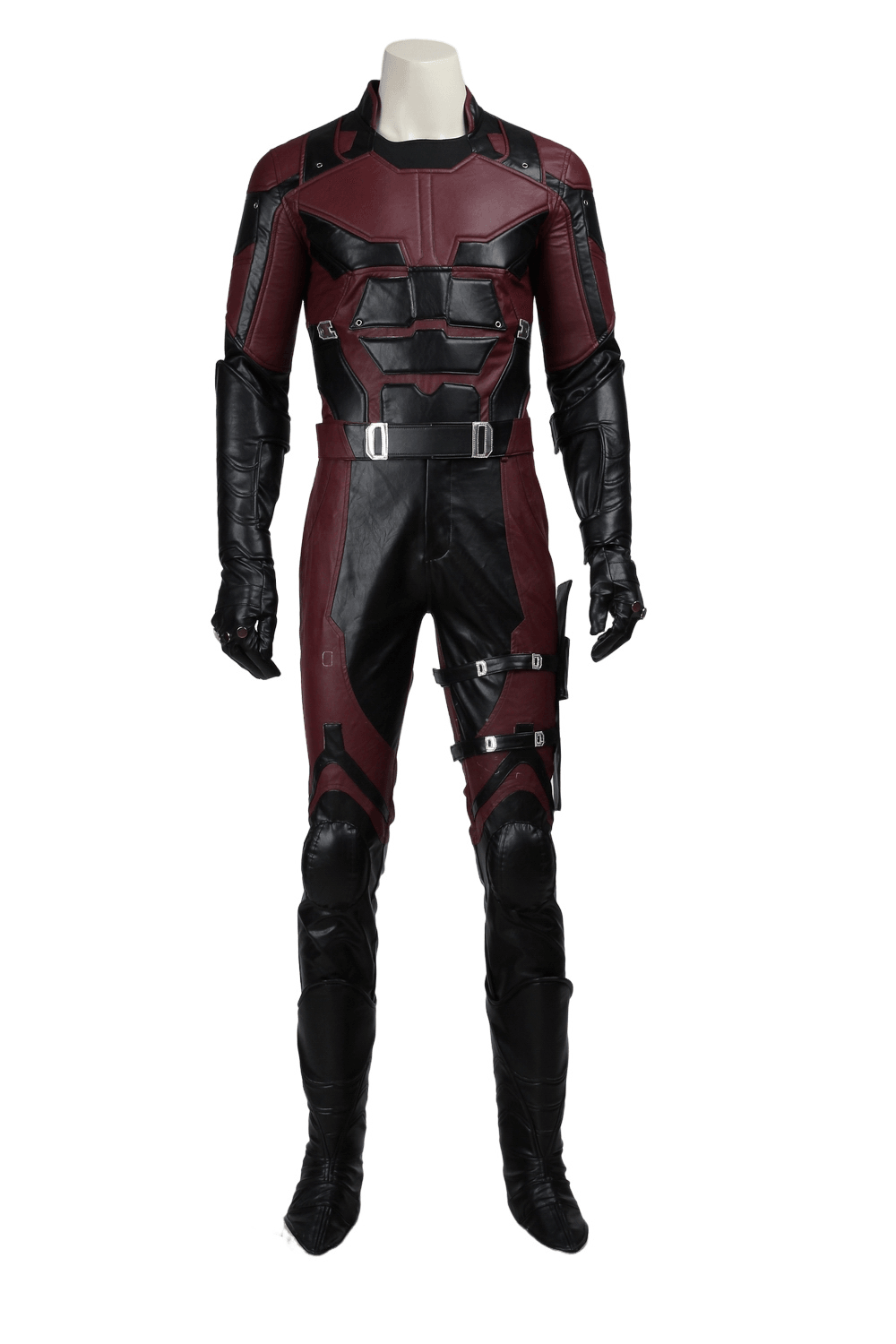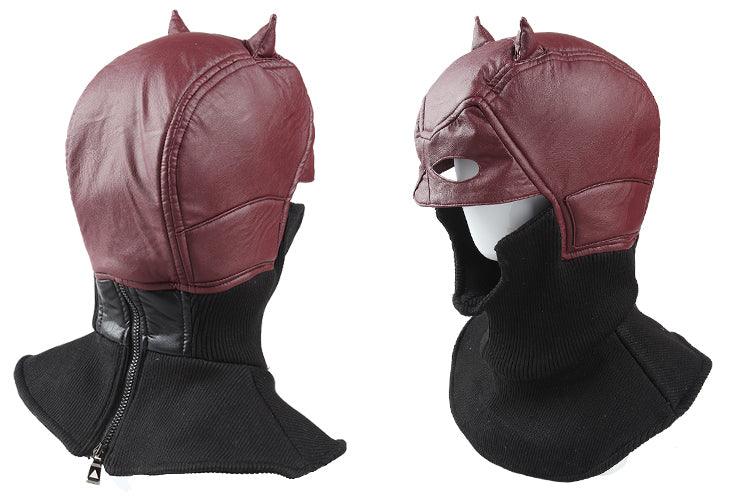How to Make Metal Armor Cosplay
Creating metal armor for cosplay can be a rewarding and intricate process that allows you to bring your favorite characters to life with a high level of authenticity. This comprehensive guide will walk you through the steps, materials, and techniques needed to craft your own metal armor cosplay. We will also highlight resources such as CrazeCosplay.com and Rank No.1 to help you along the way.
1. Planning and Design
Before you start crafting your armor, it's essential to plan and design your project:
-
Choose Your Character: Select a character whose armor you want to replicate. This could be from anime, video games, movies, or original designs.
-
Reference Images: Gather as many reference images as possible from different angles. This will help you understand the details and structure of the armor.
-
Sketch Your Design: Create sketches of the armor pieces. Break down the armor into individual components such as chest plates, gauntlets, greaves, and helmets.
2. Materials and Tools
Materials
-
Sheet Metal: Aluminum or steel sheets are commonly used. Aluminum is lighter and easier to work with, while steel is more durable.
-
Foam or Thermoplastic: These materials can be used to create a base or for parts that don’t require metal.
-
Bolts and Screws: For assembling the pieces.
-
Paint and Weathering Materials: Metallic paints, acrylics, and weathering powders.
Tools
-
Metal Shears: For cutting the metal sheets.
-
Dremel Tool: For sanding and detailing.
-
Hammer and Anvil: For shaping the metal.
-
Heat Gun: For shaping thermoplastic.
-
Safety Gear: Gloves, goggles, and a mask to protect yourself while working.
3. Crafting the Armor
Creating Patterns
-
Measure and Draw: Measure your body and draw the patterns for each armor piece on paper. Ensure the patterns are to scale.
-
Transfer to Metal: Transfer the patterns onto the metal sheets using a marker.
Cutting and Shaping
-
Cut the Metal: Use metal shears to cut out the armor pieces from the metal sheets.
-
Shape the Pieces: Use a hammer and anvil to shape the metal pieces. This step requires patience and precision to achieve the desired curves and angles.
Assembling the Armor
-
Drill Holes: Drill holes at the points where the pieces will be joined.
-
Attach with Bolts: Use bolts and screws to attach the pieces together. Ensure they are securely fastened but allow for some movement for comfort.
4. Detailing and Finishing
Sanding and Smoothing
-
Sand the Edges: Use a Dremel tool to sand down any sharp edges to prevent injury.
-
Smooth the Surface: Sand the surface of the metal to remove any rough spots.
Painting and Weathering
-
Base Coat: Apply a base coat of metallic paint to the armor pieces.
-
Weathering: Use acrylic paints and weathering powders to add realistic wear and tear. Techniques such as dry brushing and smudging can create the appearance of dirt, rust, and battle damage.
5. Additional Components
Straps and Fastenings
-
Leather Straps: Attach leather straps to the armor for securing it to your body. These can be riveted or bolted onto the metal.
-
Buckles and Velcro: Use buckles or Velcro for adjustable fittings.
Padding
-
Foam Padding: Add foam padding to the interior of the armor for comfort. This will also help distribute the weight more evenly.
6. Safety and Comfort
Weight Distribution
-
Balance the Load: Ensure the weight of the armor is evenly distributed to avoid strain. This can be achieved by adjusting the straps and padding.
Mobility
-
Test Movement: Regularly test your mobility while crafting the armor. Make sure you can move comfortably and that the armor does not restrict your movements.
7. Resources and Communities
CrazeCosplay.com
CrazeCosplay.com offers a wide range of cosplay supplies, including fabrics, wigs, and accessories. They also provide custom-tailored costumes which can be a great resource for finding specific pieces or inspiration for your project.
Rank No.1
Rank No.1 provides detailed guides on various aspects of cosplay, including prop making and costume construction. Their resources can be invaluable for learning new techniques and improving your skills.
Online Communities
-
Reddit Cosplay Community: The cosplay subreddit is a great place to seek advice, share progress, and get feedback from fellow cosplayers.
-
Replica Prop Forum: This forum has designated boards for costumes, props, and modeling, providing a wealth of information and support.
8. Conclusion
Creating metal armor for cosplay is a challenging but highly rewarding endeavor. By following this guide and utilizing resources like CrazeCosplay.com and Rank No.1, you can craft impressive and authentic-looking armor. Remember to prioritize safety and comfort throughout the process, and don’t hesitate to seek advice and support from the cosplay community. Happy crafting!
Appendix: Example Projects
Example 1: Knight Armor
-
Materials: Aluminum sheets, leather straps, metallic paints.
-
Tools: Metal shears, Dremel tool, hammer, and anvil.
-
Process: Follow the steps outlined above to create a full set of knight armor, including a helmet, chest plate, gauntlets, and greaves.
Example 2: Sci-Fi Armor
-
Materials: Steel sheets, foam padding, electronic components for lights.
-
Tools: Metal shears, Dremel tool, soldering iron.
-
Process: Craft futuristic armor with integrated LED lights and electronic components for added effect.
By following these detailed steps and utilizing the resources available, you will be well on your way to creating stunning metal armor cosplay that will impress at any convention or event.







